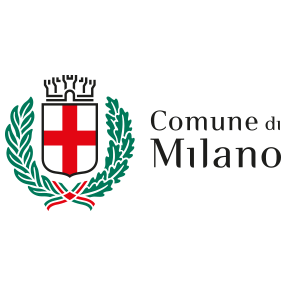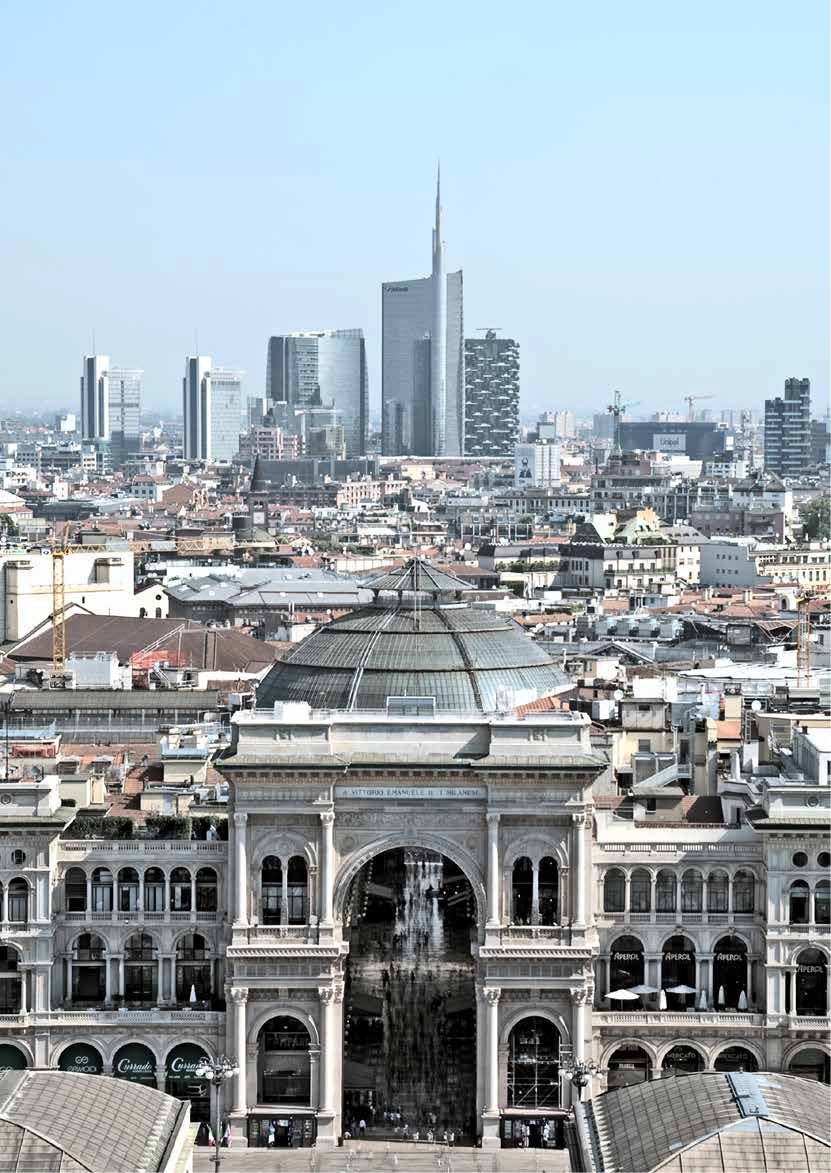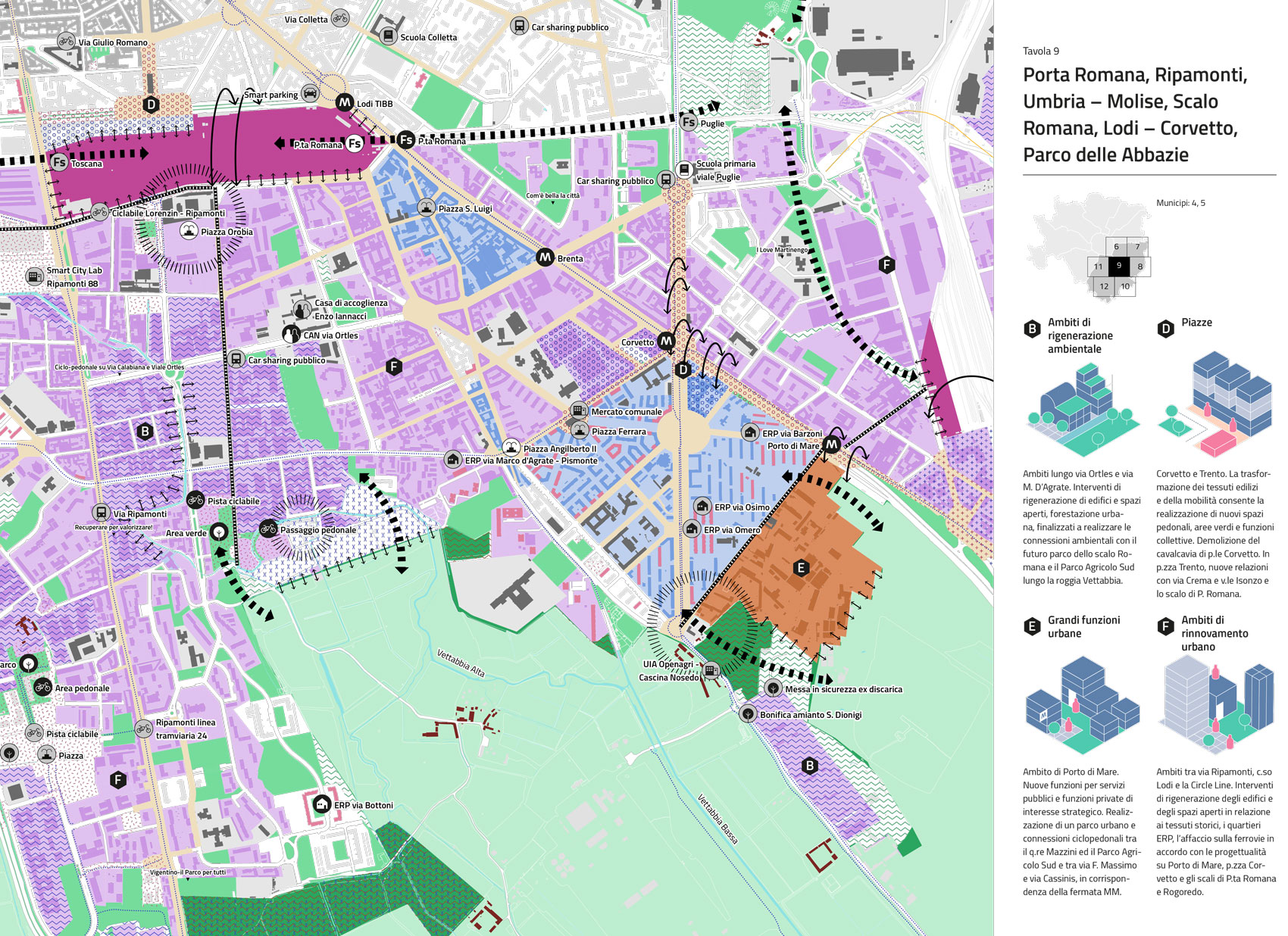In the dynamic realm of urban development, Milano stands as a testament to adaptability and creativity in the face of challenges.
With a current population of 1.4 million, the city is on a steady trajectory, and the Metropolitan Area is highlighting 3.6 million inhabitants.
The city’s allure is underscored by a significant 20% surge in tourism since 2019, with 44.5% of Italian real estate investments finding their home in Milano.
Over the past fifteen years, transformative projects like Expo 2015, CityLife, and Porta Nuova have emerged as vital city centers.
The upcoming 2026 Winter Olympics will usher in further transformations, including the rejuvenation of areas like the Porta Romana Railway Yard.
However, challenges persist. A 40% spike in real estate values has widened income disparities, presenting obstacles for low-income individuals, families, and students seeking affordable housing.
Climate change poses a formidable challenge, requiring a delicate balance between housing expansion, sustainability, and green spaces.
Milano’s response to these challenges reflects a commitment to fostering a community that not only thrives economically but also embraces its social and environmental responsibilities.
In response, the city has adopted innovative strategies, such as the Reinventing Cities competition within the C40 circuit.
Covering 14 sites across 44 hectares, this initiative repurposes brownfields and vacant areas, underscore Milano’s commitment to sustainable development, with future projects focusing on environmental sustainability and providing affordable housing solutions.
Milano aspires to be not only a hub for major urban projects but also a city of neighborhoods.
Community-centric initiatives include converting streets and parking into pedestrian spaces, envisioning accessible urban living. The city aims to extend this blueprint to every school in the coming years.
Milano’s proactive approach involves an ongoing revision of the Local Plan (PGT), emphasizing increased environmental quality, public city regeneration, proximity networks, affordable housing, and urban morphological outcomes.
The urban renewal aims to rejuvenate the city’s transit nodes, as future “metropolitan gates” fostering fresh connections with the greater area and bolstering social housing initiatives with the addition of over 10,000 new dwellings. This ambitious endeavor not only revitalizes key transportation intersections but also addresses the pressing need for affordable housing, fortifying the urban fabric and enhancing the quality of life for residents across the whole metropolitan area.
As the city navigates this transformative journey, it remains a beacon of optimism. With a steadfast commitment to an economically vibrant, socially inclusive, environmentally sustainable, and culturally enriching future, the city holds an unwavering vision for a truly metropolitan dimension.
Envisioning an urban context prioritizing nature, slow mobility, healthy living for citizens, net-zero facilities, design quality, affordable housing, and social and cultural inclusion, Milano is forging ahead as a model of urban regeneration.
Giancarlo Tancredi, Deputy Mayor for Urban Regeneration of the Municipality of Milan






